We may have found ourselves far away from the place where we started.
“And you may ask yourself, ‘Well, how did I get here?’”
(“Once in a Lifetime“)
Or should I say, “places,” as many of us look back and struggle to pinpoint just one place to identify with. Our lives unfold across a tapestry of locations, each woven with memories of joy and sadness, triumph, and disappointment. These are the places where life happened, where location-based memories were formed. Sometimes, the key to unlocking these memories is being physically present in these locations, for without being there, some memories remain elusive.
Can we find ourselves on the map?
Reflecting on the happiest moments of our lives, the places we yearned to visit, and where we hoped to end up, I realize that although these places are marked on the map, returning to them or reaching them might not lead us to the places we once imagined.
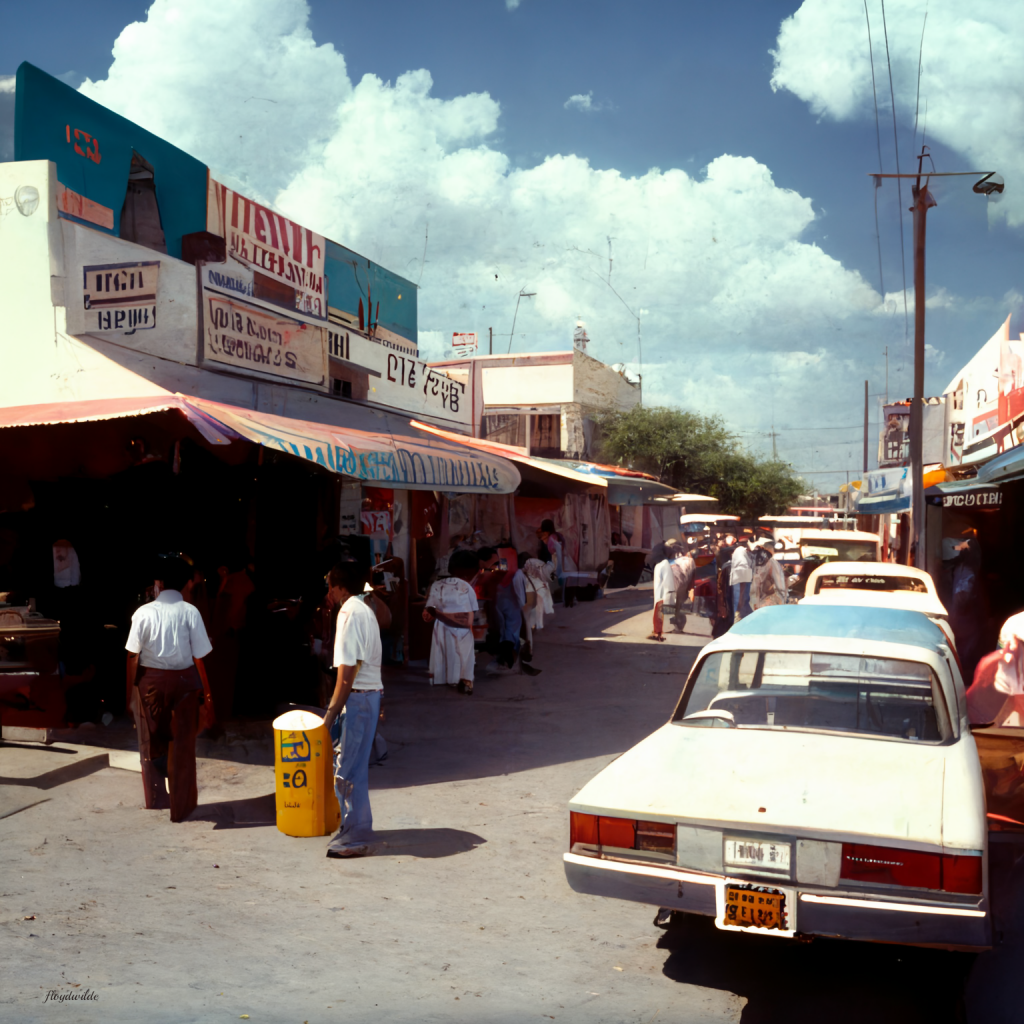
My journey in this series begins in the small Mexican border town of Progreso, which I visited with my grandmother. Recalling this memory upon hearing about the death of artist Jessie Trevino, I sought to capture the essence of the Progreso I knew—curio shops, goat’s milk candies, the bustling streets, and my grandfather’s Plymouth station wagon in the background. While I couldn’t capture it precisely, the artwork carries a nostalgia for a time and place I cannot return to.
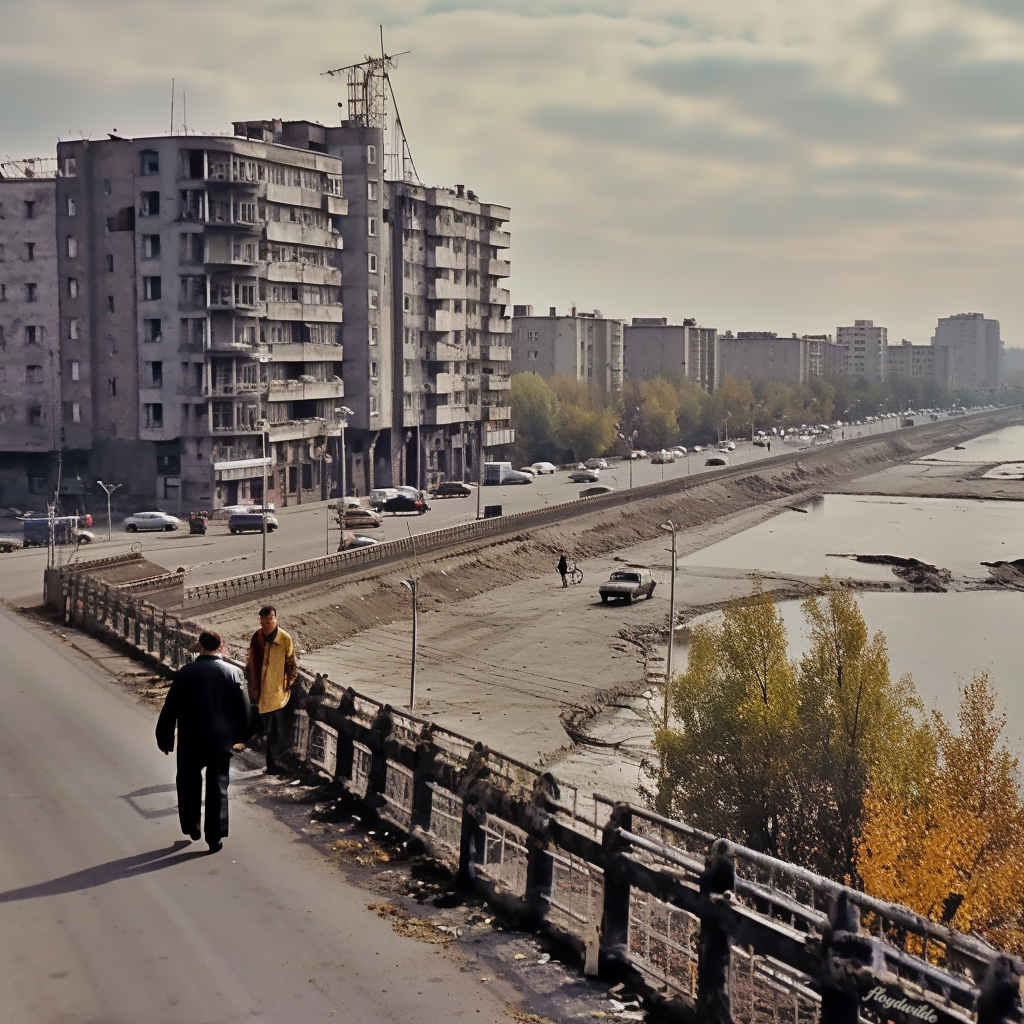
Then there’s Donetsk, a place I will likely never visit, especially not before the war—if a time machine were invented, perhaps then. And Gaza, all I can say is—it’s complicated, a sensitive issue that is difficult to talk about.

Kyoto represents the mystique of old Japan, the former capital, and as a Matcha lover, it holds a special allure for me.
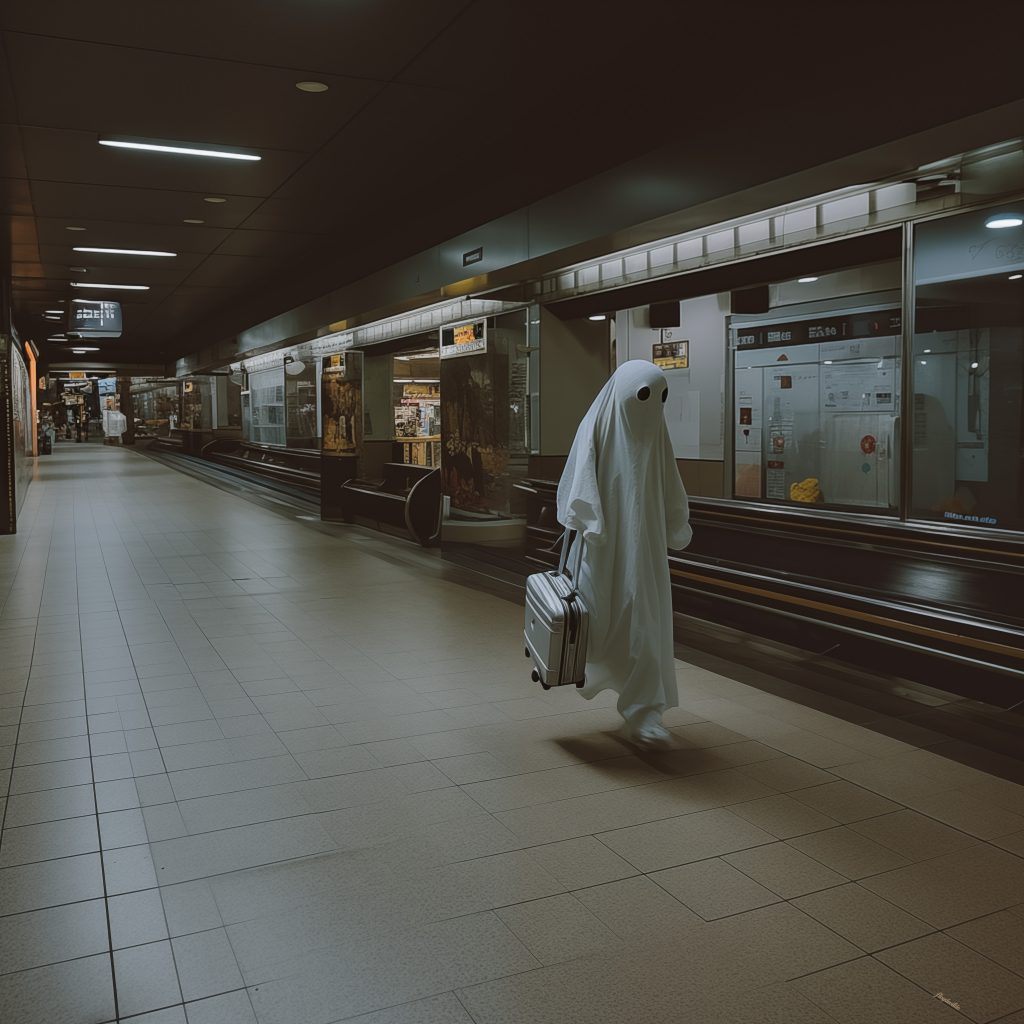
This series of artworks, “Places,” draws from countless hours navigating the modern marvel that is Google Maps. While I’m hesitant to base work on a commercial project, and while Open Street Map comes to mind as an alternative, the imagery and navigation offered by Google Maps are the base materials that inspire me. This process involves using imagery from Google Street View as the image prompts for my AI-generated artworks, exploring both places I have been and those I have not. It’s about finding the glitches in the matrix and visiting new places as well as revisiting familiar ones, capturing both the new and remembered landscapes in my art. Whether the outcome closely matches my vision or merely approximates it, each piece is a unique artifact of my contemplation. This approach allows me to visit and revisit places that have meaning, even if only virtually, and continues to change how I see the world and create art.
The “Places” series is unlike my “Coblage” series, while the final output of the process is an AI generated image, the Coblage daily mixes media and text into unexpected composites without a predetermined outcome. Each day I’m attempting to capture the zeitgeist starting from rearranged text and image and resulting in a final AI generated artwork like this one:

It’s the everyday surprise that working with the material of information leads to that keeps me going. An interplay between the solo artist and the machine which regurgitates all art as we know it. And the challenge of finding something new, finding something true in all the noise. As long as I am able, I will keep exploring and transforming the information into art, finding material in the most mundane yet profoundly human aspects of life.
Below is a gallery from the Places series showing the source imagery and the AI generated output.

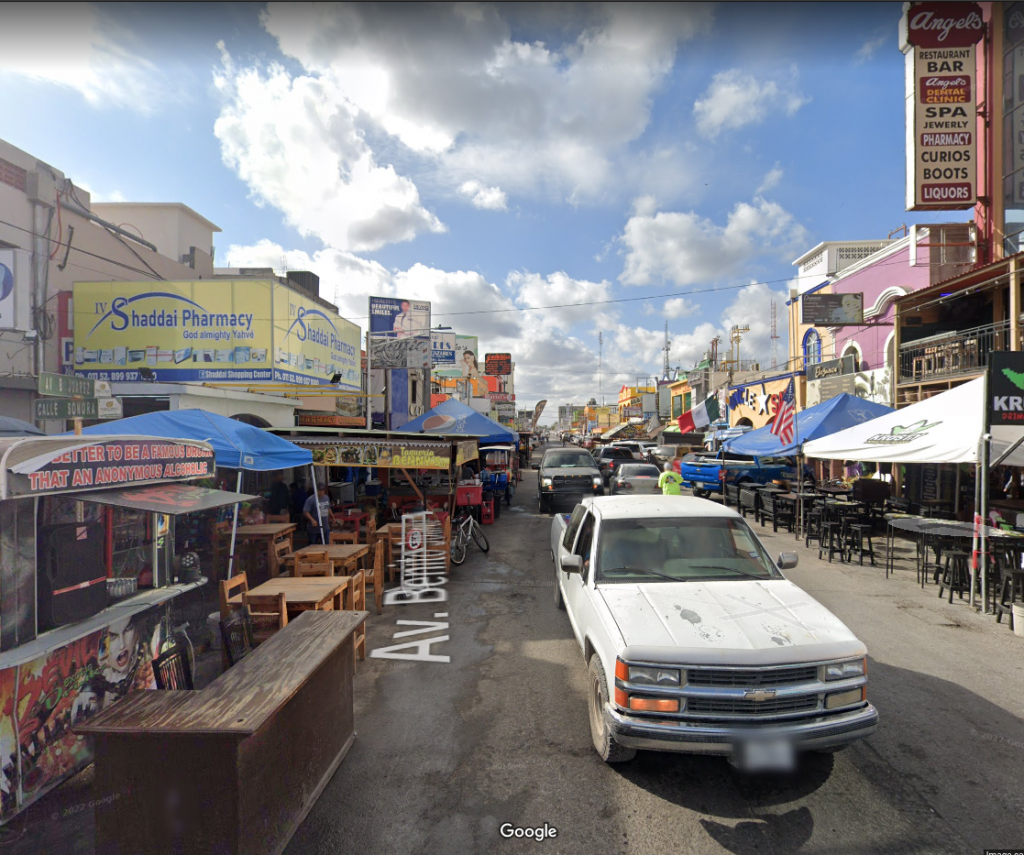
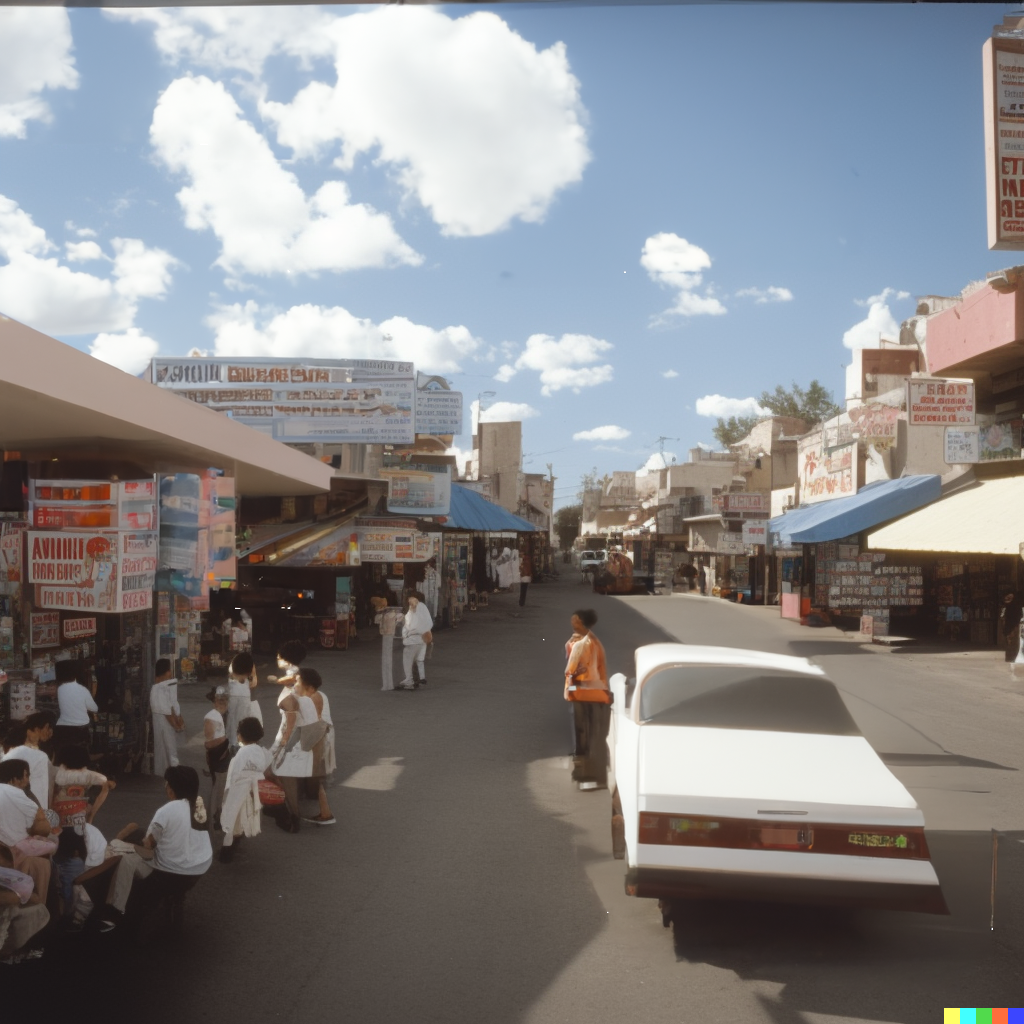
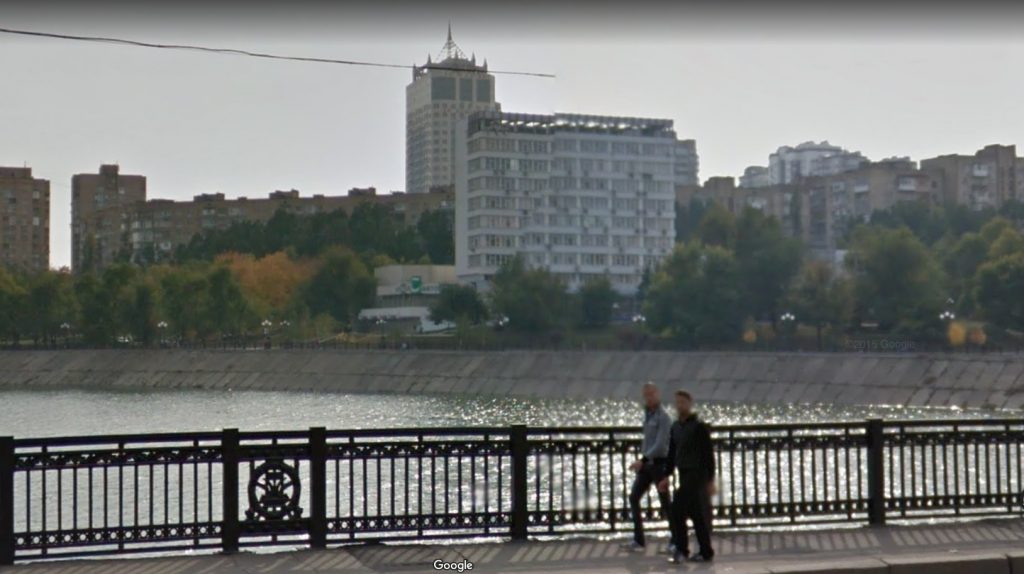

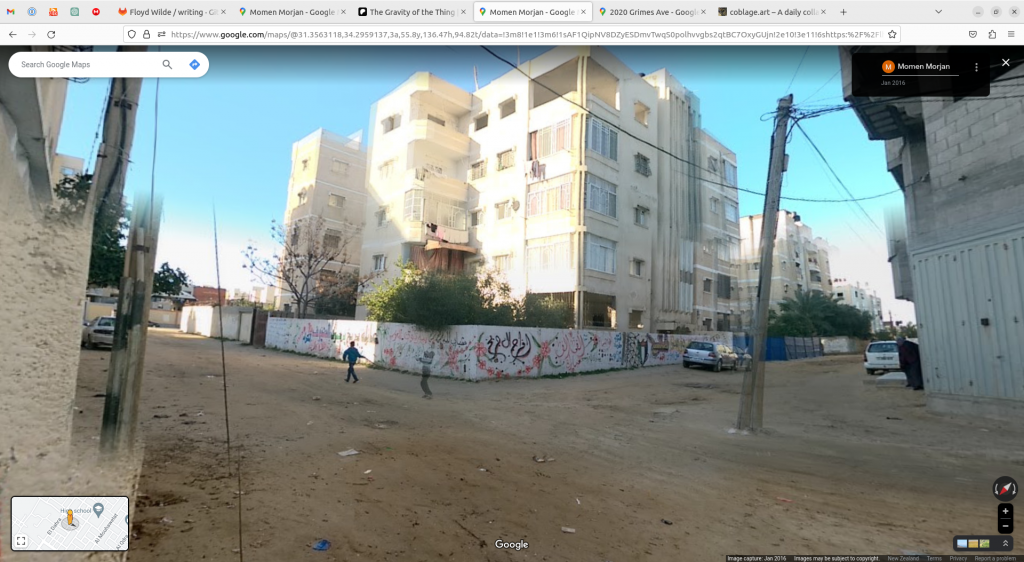
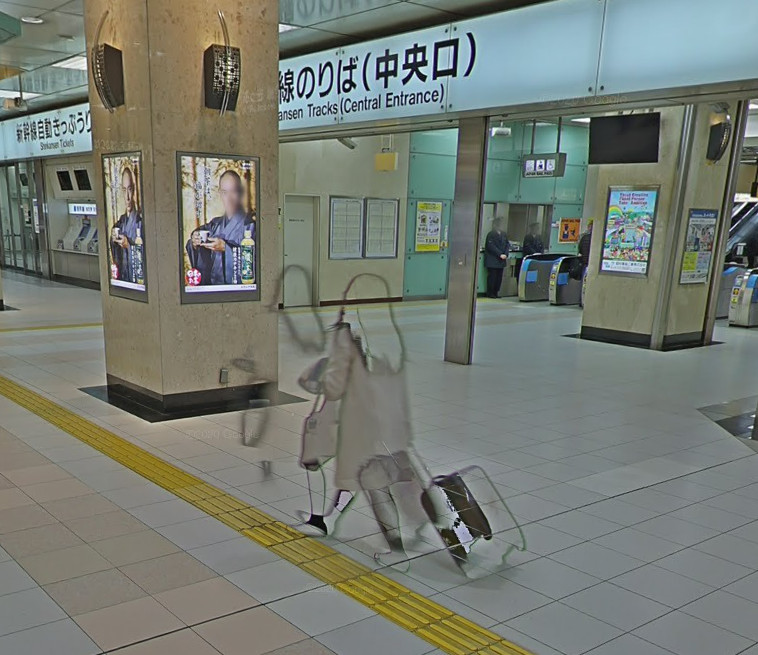

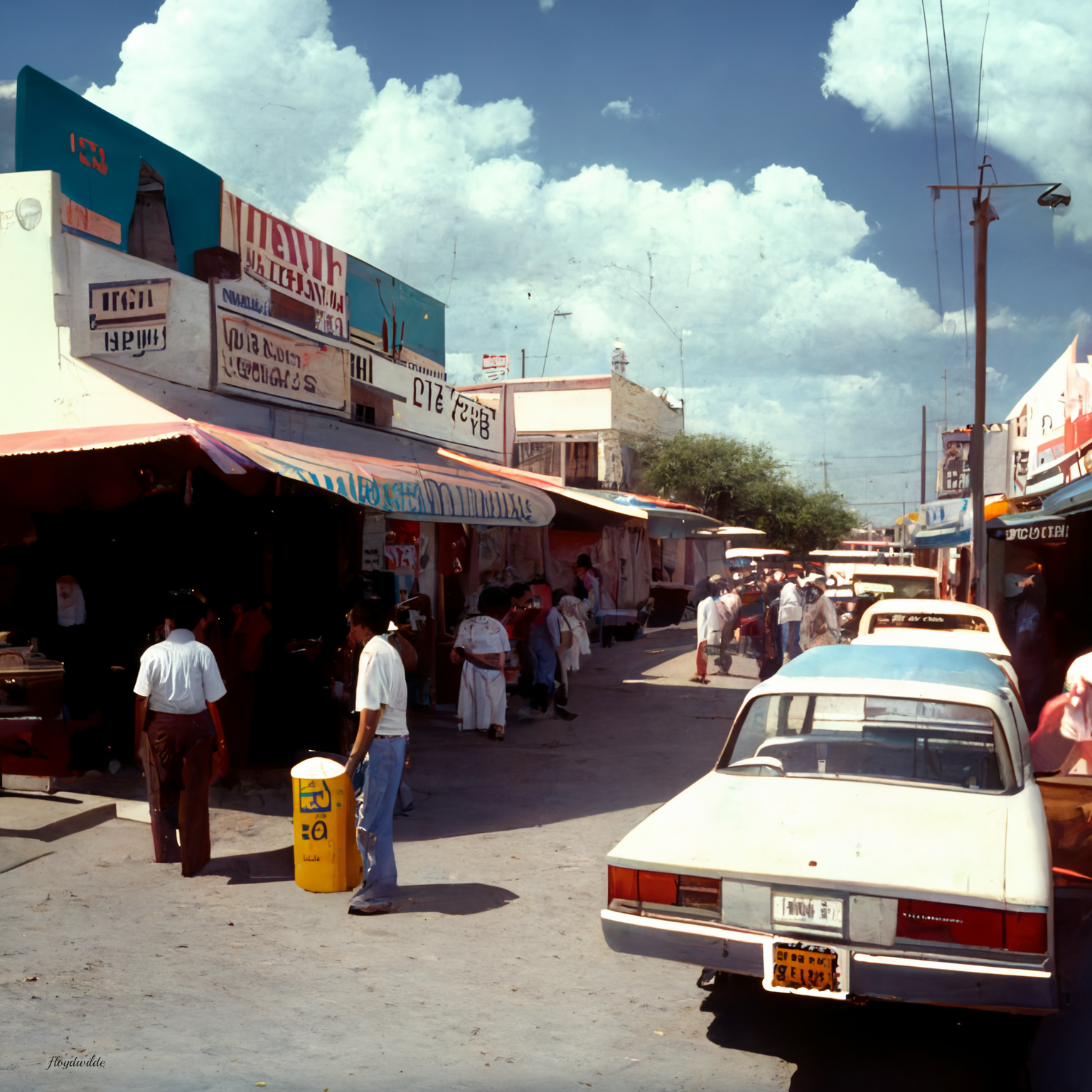
Leave a Reply